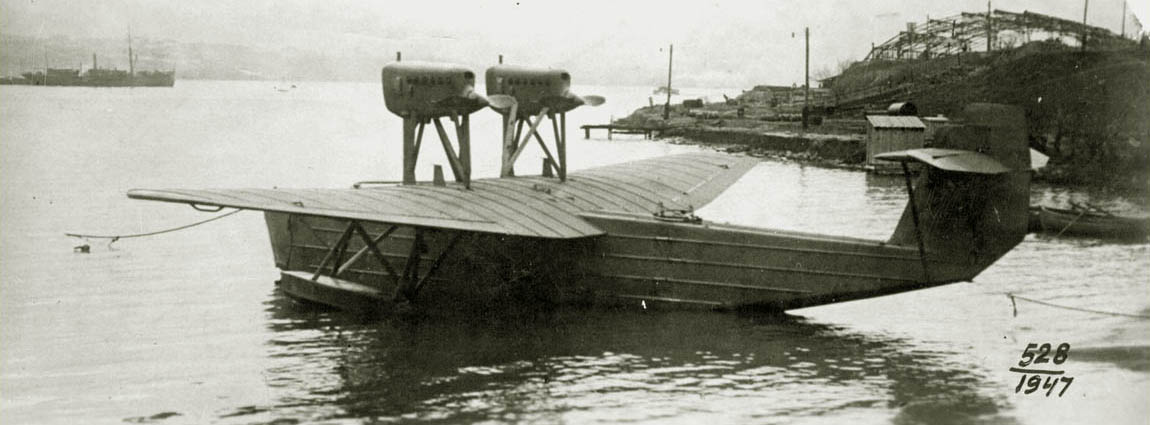
Aviation of World War II


 |
Aviation of World War II |


|
|
Soviet Union | Lend - Lease | Facts | Forum | Germany | Japan | R A F | U S A A F | Other | Photos | ||||||||||||||||||||||||||||||||||||||
|
| ||||||||||||||||||||||||||||||||||||||
MDR-2 (ANT-8)Marine long-range reconnaissance aircraftTupolev
The boat was two-redan with a weakly pronounced rear step. The underwing floats were carried out, i.e. not only provided lateral stability, but took on part of the weight of the aircraft afloat. Two BMW VI (M-17) engines with pushing two-blade propellers were placed on high struts above the center section. The engines were started with compressed air from cylinders. The tail unit is single-fin, with a high-positioned adjustable stabilizer. The stabilizer frame consisted of two spars and ribs. To change the angle of installation of the stabilizer, a cable transmission was used, which brought the drum into rotation. The crew consisted of five people: the front gunner, the commander (who is also the bombardier, radio operator and photographer), two pilots, and the rear gunner. The placement of the crew was as follows: in the first cockpit - the front gunner, in the second - the commander, then there was the cockpit, and behind the center section - the seat of the rear gunner. The assembly of the machine was completed only by December 1, 1930, and on January 30, 1931, after several taxiing, ANT-8 took off for the first time.
| ||||||||||||||||||||||||||||||||||||||
|
|
|
Armament. Two double 7.62-mm DA-2 machine guns on a conventional bow and rolling from one side to the other rear turrets, one 7.62-mm DA machine gun was installed in the cockpit of the ship's commander on movable kingpin. Bomb load - on external sling up to 900 kg of bombs. The bombs were dropped using the SBR-8 bomb release device.
The assessment of the feasibility of introducing MDR-2 into production has changed several times. So, in 1932, the question of its serial production arose again. An exchange of views took place on the finalization of the prototype into the standard for the series. Obviously, this was due to the failure of the MDR-3 I.V. Chetverikov, who suffered from buffeting, but in the end, the scales again tipped to fine-tune the MDR-3. In the same 1932, they planned a large flight on ANT-8 along the route of the Northern Sea Route. The car was supposed to go along the route from Arkhangelsk to Uelen, and then fly through Petropavlovsk-Kamchatsky and Okhotsk to Nikolaevsk-on-Amur. Aerial photography was planned along the way. However, the flight failed. The ANT-8 itself remained an experimental machine - the first swallow of the domestic all-metal hydro-aviation industry. Add Comment July 06, 2020.
Bibliography
|